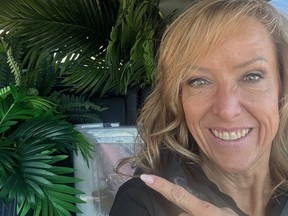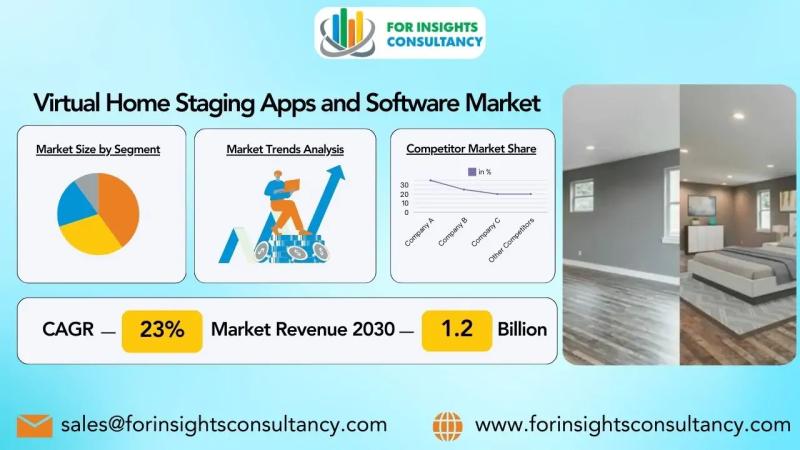Article content
Let’s talk staging — the unsung hero of real estate. You know, the thing that makes a room feel like a lifestyle instead of just four walls and a window. Whether you’re selling a cozy condo in the Exchange District or a sprawling property along the Red River, staging can make all the difference between “just listed” and “just sold.”
Advertisement 2
Article content
Article content
Recommended Videos
Article content
Why does staging matter?
Staging isn’t just about fluffing pillows and adding a faux fur throw to the foot of the bed. It’s a strategic approach to showcasing your home’s best features, minimizing distractions, and helping potential buyers emotionally connect with the space.
In fact, according to a 2023 report by the Real Estate Staging Association (RESA), professionally staged homes sell for 6–10% more than comparable unstaged homes. That can translate into tens of thousands of extra dollars in your pocket — often far exceeding the initial investment in staging.
When should you stage?
The earlier, the better. If you’re planning to list your home, talk to your realtor about staging as soon as possible. Ideally, staging is done before your property photos are taken. Online impressions are everything these days — those first five seconds of scrolling through listings can make or break your buyer’s interest.
Article content
Advertisement 3
Article content
If you’re still living in the home, don’t worry. Staging doesn’t always mean removing everything and starting from scratch. It might just mean rearranging, decluttering, or adding a few key pieces to elevate the vibe.
Professional staging vs. DIY: What’s right for you?
If you’re tight on time, energy, or decor skills (no shame here!), hiring a professional stager is worth every penny. I’ve personally worked with several excellent local staging companies, including:
MP Staging and Design – A go-to for everything from budget-conscious upgrades to full luxury transformations.
RW Staging & Design – Known for their thoughtful use of space and tailored approach.
The Final Stage – A talented team who bring polish and warmth to every room they touch.
Advertisement 4
Article content
These professionals understand the psychology behind buyer behaviour and use that insight to create memorable first impressions. These are only a few of the amazing local stagers available to you.
However, if you’re more of the hands-on type and up for a challenge, DIY staging is doable! Here’s how:
DIY staging tips and tricks
- Declutter like you mean it – Less is more. Remove excess furniture, personal items, and anything that distracts the eye. If you can, rent a container and store your stuff.
- Neutralize – Use neutral tones for walls, bedding, and décor. It helps buyers visualize their lives in your space.
- Let the light in – Natural light sells. Wash windows, open blinds, and consider updating old light fixtures for a brighter feel.
- Add warmth – A cozy throw, fresh flowers, or a bowl of green apples can create a sense of comfort and lifestyle.
- Rearrange furniture – Open up rooms to create flow and highlight focal points like fireplaces or big windows.
Advertisement 5
Article content
How much does staging cost?
Staging costs vary widely based on the size of the home and the level of service. Here’s a general idea:
- Consultation only: $150–$400 for a detailed walk-through with tips (great for DIYers).
- Partial staging: Starting around $800–$1,500 for selected rooms.
- Full staging: $2,000–$4,000+ depending on property size, rental needs, and duration.
Most professional staging packages include furniture, art, rugs, lighting, accessories, and delivery/set-up. These items are rented for a specific period, usually 30–60 days, with extensions available if your home is still on the market. There are approximate costs only. Sellers should complete there due diligence with respect to costs.
Advertisement 6
Article content
How do staging rentals work?
Staging companies typically charge a flat rate for the initial staging period (often 30 days), which includes rental, installation, and pick-up. If your property is still on the market after the initial term, monthly extensions can often be arranged at a reduced rate. This flexibility is especially beneficial for larger or luxury homes where staging is a key component of the marketing strategy.
Many stagers maintain their own inventory and will handpick furniture and accessories that best suit the architecture and target market of your home. They also work closely with realtors like myself to ensure that the flow, layout, and lifestyle of the space align with what today’s buyers are looking for.
Advertisement 7
Article content
It’s all about marketing
Whether you go pro or DIY, staging isn’t about making your home look “pretty”— it’s about marketing. It’s your first impression, your best foot forward, and a competitive edge in today’s market. When it’s done right — it’s magic.
If you’re thinking about listing your home and want honest advice on whether staging is right for you, I’m always happy to help.
— Tracy Mainland Kramble is a realtor with RE/MAX Associates and a trusted resource for buyers and sellers in the Winnipeg Metropolitan Region. She is a guest writer for the Winnipeg Sun. Visit beyondthefrontdoor.ca for more information.
This article is not intended to solicit those already working with a realtor. The information provided herein is for general guidance only and should not be considered legal advice. Always consult with a lawyer regarding your specific legal rights and obligations.
Article content
Discover more from NorthScapes Realty
Subscribe to get the latest posts sent to your email.



